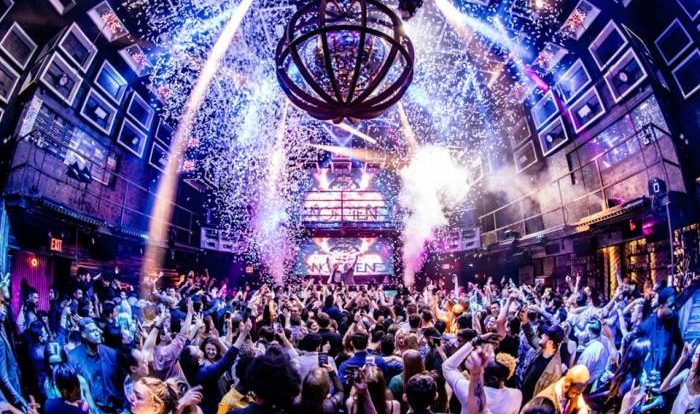Dancing backwards in high heels el paso – Dancing backwards in high heels in El Paso is a captivating dance form that has captured the attention of dancers and audiences alike. With its origins rooted in the vibrant cultural heritage of the city, this unique dance style has evolved over time, showcasing a blend of athleticism, grace, and cultural significance.
From its humble beginnings to its contemporary iterations, dancing backwards in high heels has become an integral part of El Paso’s cultural fabric. This article delves into the history, techniques, cultural impact, and modern trends of this captivating dance form, providing an in-depth exploration of its origins, evolution, and significance.
Origins and History of Dancing Backwards in High Heels in El Paso

Dancing backwards in high heels in El Paso has a rich and multifaceted history. Its origins can be traced back to the early 20th century, when Mexican immigrants brought their cultural traditions to the region. The dance form initially emerged in social gatherings and local dance halls, where it gained popularity as a showcase of skill and style.
The dance was influenced by various cultural and social factors, including the vibrant music and dance styles of Mexico, as well as the emerging fashion trends of the time. High heels, which were initially worn for practical reasons, became an integral part of the dance, adding a sense of elegance and sophistication.
Over time, dancing backwards in high heels evolved into a distinct genre, with its own set of techniques, styles, and cultural significance.
Techniques and Styles of Dancing Backwards in High Heels, Dancing backwards in high heels el paso
Dancing backwards in high heels requires a unique combination of skill, balance, and coordination. Dancers must master the fundamental techniques of walking, turning, and spinning while maintaining a backward facing position.
There are various styles within the genre, each with its own distinct characteristics. Some of the most popular styles include the “Paso Doble,” which is characterized by its dramatic and theatrical movements, and the “Rumba,” which emphasizes hip movements and body isolations.
The physical challenges of dancing backwards in high heels are significant. Dancers must develop strong ankles, calves, and core muscles to maintain stability and control.
Cultural Significance and Impact
Dancing backwards in high heels has become an important cultural symbol in El Paso. It is often performed at local festivals and events, showcasing the city’s unique heritage and vibrant dance scene.
The dance has also had a significant social and economic impact on the community. It has created opportunities for dancers, teachers, and businesses, and has helped to promote El Paso as a cultural destination.
FAQ Explained: Dancing Backwards In High Heels El Paso
What are the origins of dancing backwards in high heels in El Paso?
The origins of dancing backwards in high heels in El Paso can be traced back to the early 20th century, influenced by a fusion of Mexican and American dance traditions.
What are the key techniques involved in dancing backwards in high heels?
Fundamental techniques include maintaining balance while walking or dancing backwards, executing precise footwork, and incorporating arm movements for expression and coordination.
What is the cultural significance of dancing backwards in high heels in El Paso?
This dance form holds cultural significance as a representation of El Paso’s vibrant heritage, often performed at local festivals, events, and celebrations.
What are the health and safety considerations for dancing backwards in high heels?
Proper footwear, technique, and warm-up exercises are crucial for minimizing risks associated with dancing in high heels, such as ankle sprains or muscle strains.


